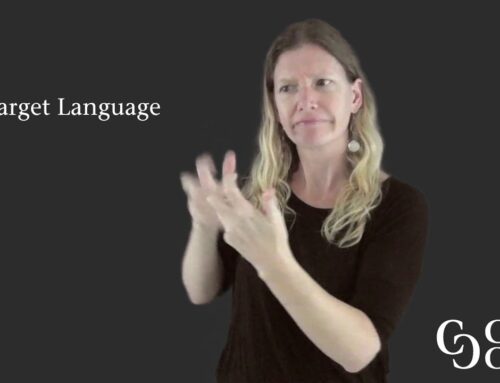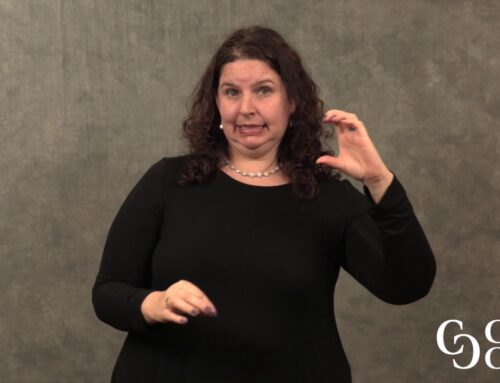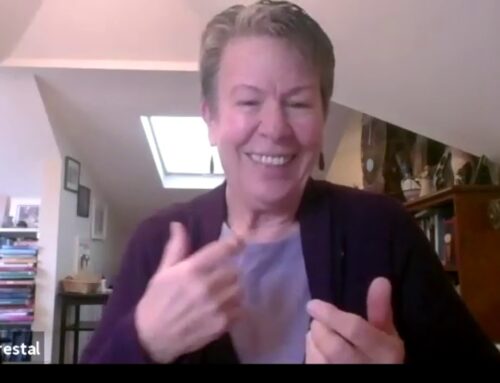Developed by ASL Flurry
Time Required for Activity: 45 mins
Competencies Address:
-
- Depiction
- Classifiers
- Use of Space
Objective(s):
Learners will:
- Improve use of depiction and structuring space in ASL.
Part 1 | Part 2
This activity is the second in a series of two activities. To begin with the first activity, locate the activity entitled ASL to English simultaneous interpretation: Oregon flood. For maximum learning, we recommend spacing out the time between the first and second activity. Allowing yourself to forget some of what you know about this video contributes to desirable difficulty that increases the durability of your learning.
Video Synopsis
In this ASL narrative, Laurene Gallimore tells about her experience during a flood that occurred in Oregon in the 1996. This video was taken from Language Use in ASL, created by the Region X Interpreter Education Center at Western Oregon State College.




